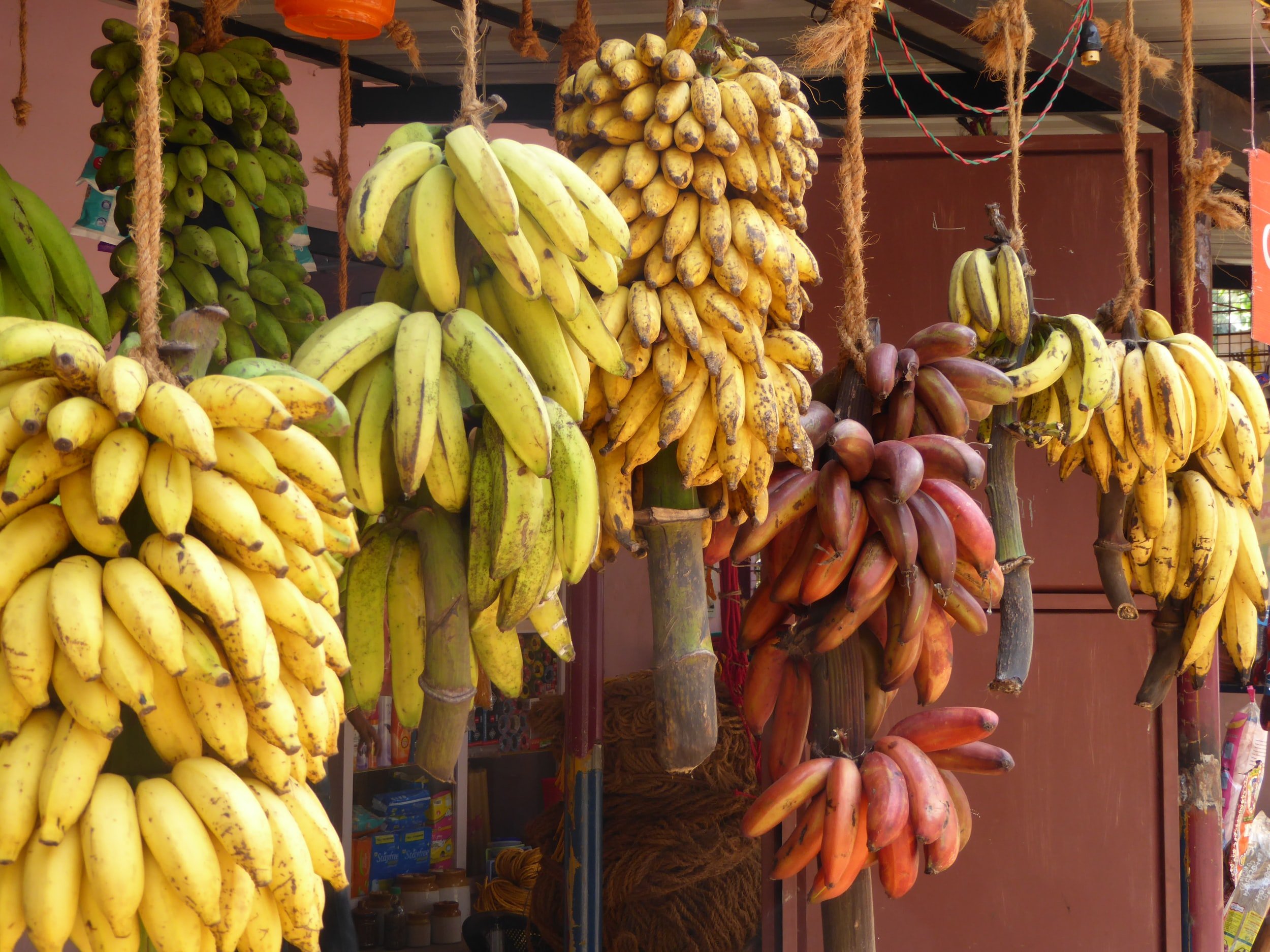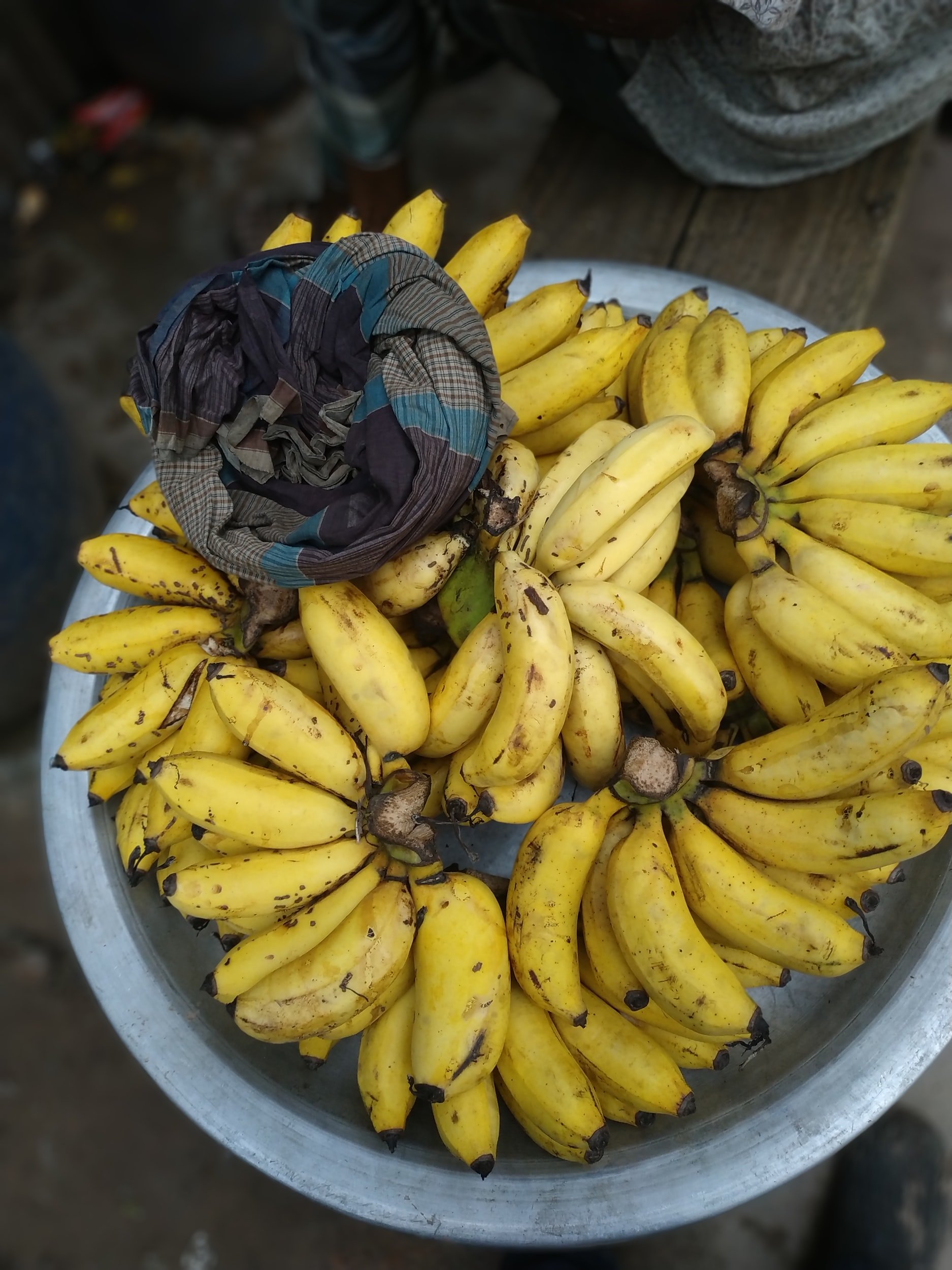Why Bananas Go Brown: All About Enzymatic Browning
Have you ever been wanting a banana and realized that all of your bananas get brown? Well its actually science and its called enzymatic browning.
Types of Browning
There are three types of browning when you cook: caramelization, maillard reaction, and enzymatic browning. The change of color in food is an indicator of a chemical reaction. Caramelization happens when there is a sugar and a heat. Once the sugar is hot enough, caramelization will set in. During caramelization sugar changes from white or colorless into yellow, orange, brown even black. Maillard reaction is the reaction when you sear a piece of steak and the bottoms of the piece turn brown.
Browning of our fresh produce on the other hand isn’t accelerated by intense heat. This browning mechanism relies on the presence of active enzymes: enzymatic browning.
Enzymes and Process
Enzymes are a type of protein and our body is full of them. Enzymes are the catalysts for chemical reactions in living organism. It speeds up the reactions and helps them take place. One of the many enzymes that are part of a lot of produce is polyphenol oxidase (PPO). Polyphenol oxidase transforms small molecules (phenols) into large molecules (polyphenols) through chemical reactions.
Enzymatic browning It only starts when you cut or damage a piece of produce. By damaging the cells of the products, the contents of those cells are released. As a result, molecules and enzymes can find each other and start to react! Once the enzymes and molecules in the produce have been released, monophenols (other molecules) and polyphenol oxidase find each other.
Once the monophenol and PPO have found each other the enzyme catalyzes a reaction to transform the monophenol into a diphenol. This reaction is called a hydroxylation reaction and can only happen if oxygen is present. Next, an oxidation reaction occurs, again catalyzed by PPO. Two OH-groups are transformed into two double-bonded oxygens. The resulting molecules are called quinones. Again, oxygen is required for the reaction to occur. Quinones are very reactive molecules, they don’t need any help from enzymes to react further. After a series of reactions, the quinones will have formed polyphenols. These polyphenols are large molecules, which have a red, brown, or even black color. Your fruit or vegetables will turn brown once these have been formed.
How to Limit Enzymatic Browning
-limit oxygen by placing it on a flat surface or in water
-lower temperature (fridge)
-change ph (add lemon juice or other acids)


